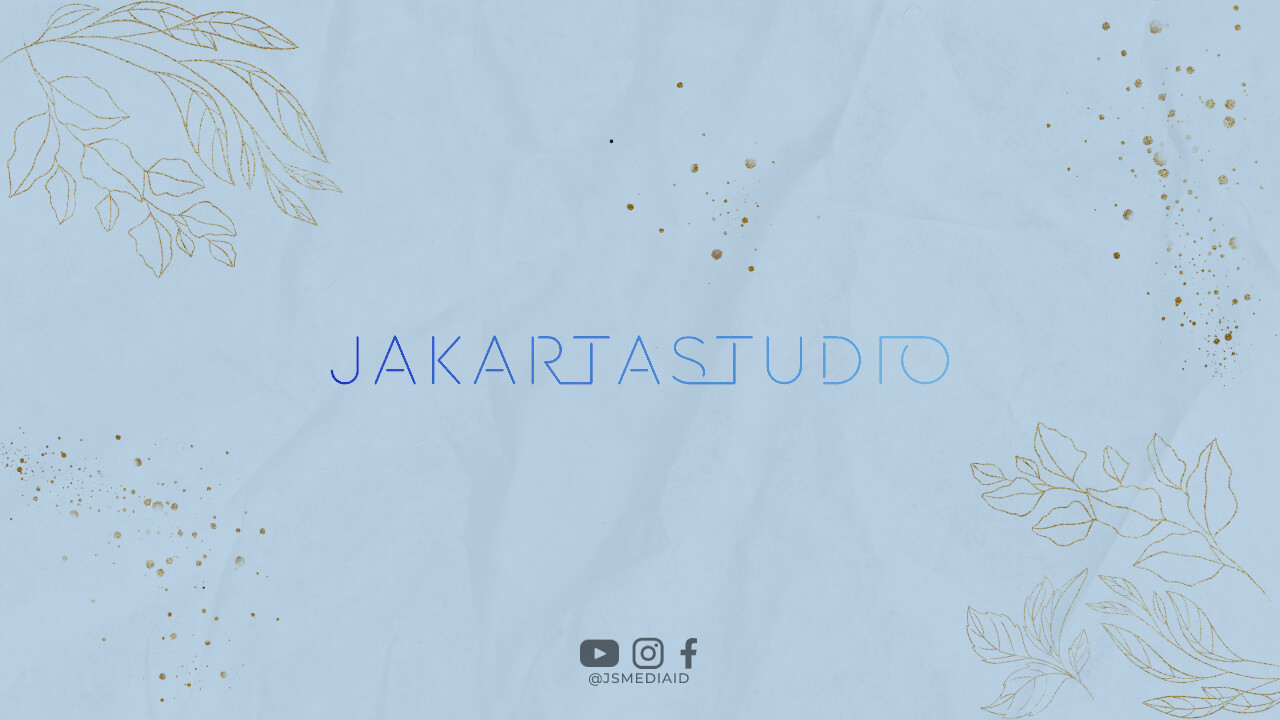Buying a home is an exciting journey, but it can also be a daunting task. One of the most significant aspects of purchasing a home is the mortgage process. A mortgage is a loan that you take out to buy a property, and it is essential to understand the process to ensure you make the right decisions. In this article, we will guide you through the mortgage process, from pre-approval to closing.
Step 1: Pre-Approval
The first step in the mortgage process is to get pre-approved for a loan. Pre-approval will give you an idea of how much you can borrow and what your monthly payments will be. To get pre-approved, you will need to provide your lender with your financial information, including your income, assets, and debt. The lender will use this information to determine your creditworthiness and how much you can afford to borrow.
Step 2: House Hunting
Once you have been pre-approved, you can start house hunting. It is essential to keep in mind your budget and what you can afford. Your real estate agent will help you find homes that fit your criteria, and you can use your pre-approval letter as proof of funds when making an offer.
Step 3: Loan Application
Once you have found the home of your dreams, it is time to apply for a loan. You will need to complete a loan application and provide documentation, including pay stubs, bank statements, and tax returns. The lender will use this information to verify your financial information and determine if you qualify for a loan.
Step 4: Loan Processing
After you have submitted your loan application, the lender will begin processing your loan. This process can take anywhere from a few days to a few weeks. During this time, the lender will verify your financial information, order an appraisal of the property, and conduct a title search to ensure there are no liens or other issues with the property.
Step 5: Underwriting
Once your loan has been processed, it will be sent to underwriting. Underwriting is the process of reviewing your loan application and determining if you qualify for a loan. The underwriter will look at your credit score, debt-to-income ratio, and other factors to determine if you are a good candidate for a loan.
Step 6: Closing
The final step in the mortgage process is closing. Closing is the process of signing all of the paperwork and transferring ownership of the property to you. At closing, you will need to pay closing costs, which can include fees for the loan origination, appraisal, and title search. Once you have signed all of the paperwork and paid the closing costs, you will receive the keys to your new home.
Choosing the Right Mortgage
When choosing a mortgage, there are several options to consider. The most common types of mortgages are fixed-rate and adjustable-rate mortgages. Fixed-rate mortgages have a set interest rate for the life of the loan, while adjustable-rate mortgages have an interest rate that can change over time. It is essential to choose the right type of mortgage for your financial situation and goals.
The Benefits of Working with a Mortgage Professional
Working with a mortgage professional can help make the mortgage process smoother and less stressful. A mortgage professional can help you understand your options, guide you through the process, and answer any questions you may have. They can also help you find the best loan for your needs and negotiate the best terms and rates.
Conclusion
The mortgage process can be overwhelming, but it is an essential aspect of buying a home. By understanding the process and working with a mortgage professional, you can make informed decisions and find the right loan for your needs. Whether you are a first-time homebuyer or an experienced homeowner, taking the time to understand the mortgage process can help you achieve your dream of homeownership.

